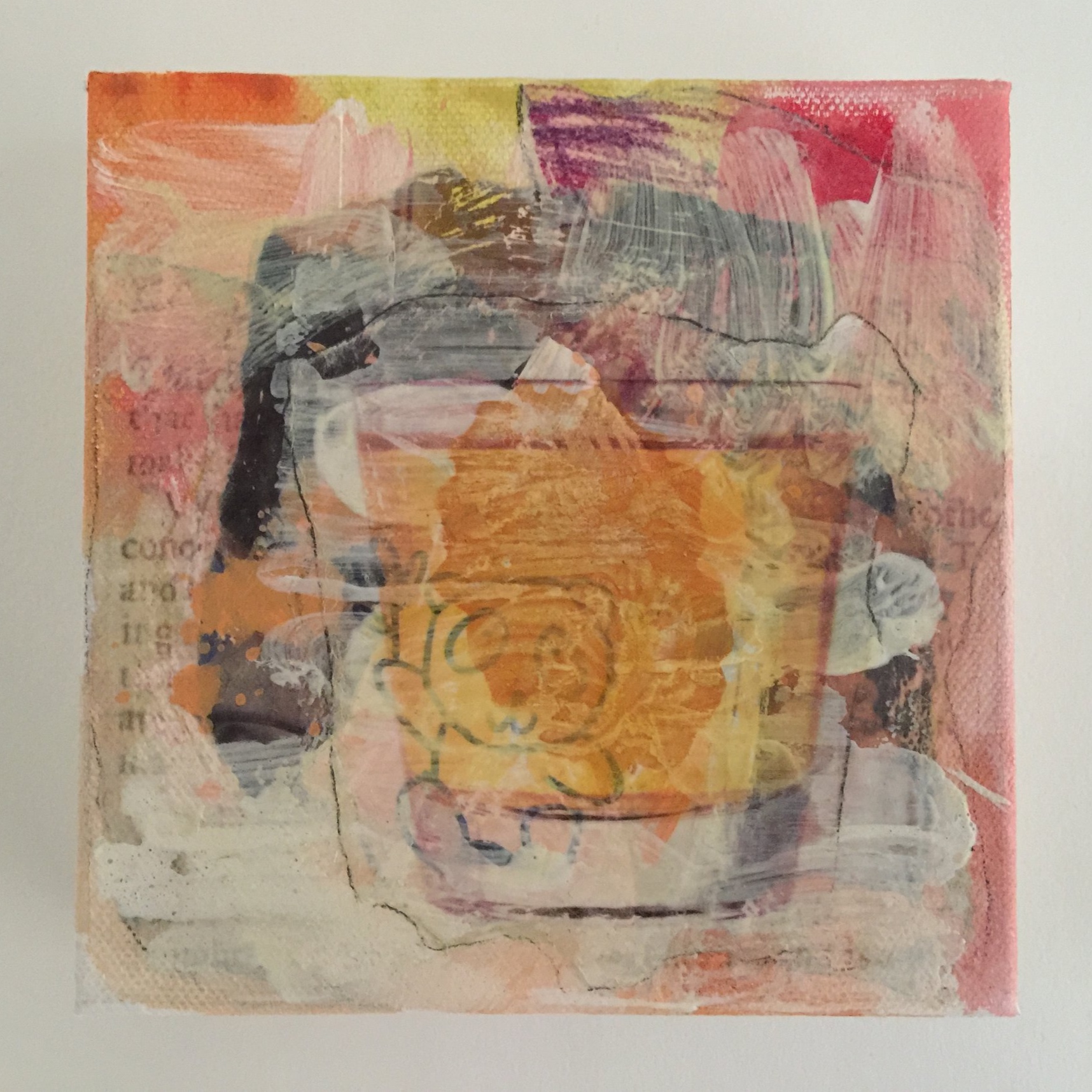Alistair Magee
The Table Paintings
26th November 2017 - 14th January 2018
"The Table Paintings were started in the winter of 2016. As the studio was too cold to work in and continue with the large paintings I had been working on, a series of small pieces done on the kitchen table started to appear. The paintings are intimate, hand held and evidence a new direction, whilst revisiting earlier concerns.
In my recent work photographic imagery and text are used to underpin the painting. Traditional tools used in making paintings conjoin with the distinctive properties of language and photography to offer an uneasy alliance. The act of crossing over from the accepted codes of one language to another is an attempt to capture complex meaning. Disparate transferred images from magazines, found notes, newspapers, letters and drawings, operate as discrete temporal artifacts that preserve the flow of real time. Motifs are mirrored, rotated, repeated, conjuring up remembered experience (personal, political, historical) they merge with mark making to suggest possible new relationships.
The transferred found notes and print ephemera reinforce the idea of the richness of ordinary urban experience whilst the transferred drawings and letters reference a personal history, time passing. I have always intended that my work should transcend painterly formalism and come loaded with personal and political undercurrents. Surface-matter and subject-matter should work in conjunction with one another in a dialectical tension, neither taking precedence. The new paintings shown at M2 reiterate that goal but evidence a shift in emphasis as they are intimate, hand-held, evidence of the of the fragile traces we leave behind.
The technique I have employed in my painting over the last few years involves repetitive stenciling and transferring of motifs and is used as a system or grid to support more expressive brushwork. Stenciling and transferring, like printmaking, take some of the immediacy out of painting, making the work more at the mercy of process and the accidents and mistakes that can occur through that process. This approach makes the paintings one more remove from direct experience. A translation takes place: like kissing through a veil. It is reminiscent of collage however unlike collage the images used are transferred not transformed.
This approach is almost like an excavation: scratching at resistant memory traces, revealing bits and pieces of the cultural design and combining these reveals with paint. The buried traces of images and language are unearthed, glimpsed from beneath palimpsests, veils of paint. The results seem to elude coherent interpretation, however these works attempt to unmoor legibly meaningful but formulaic language and pull it back into the realm of abstraction.
This amalgam of technique and imagery is an attempt to negotiate the shifting present, to make paintings that reflect the way we encounter the world and evoke the complex layering of identity.”






